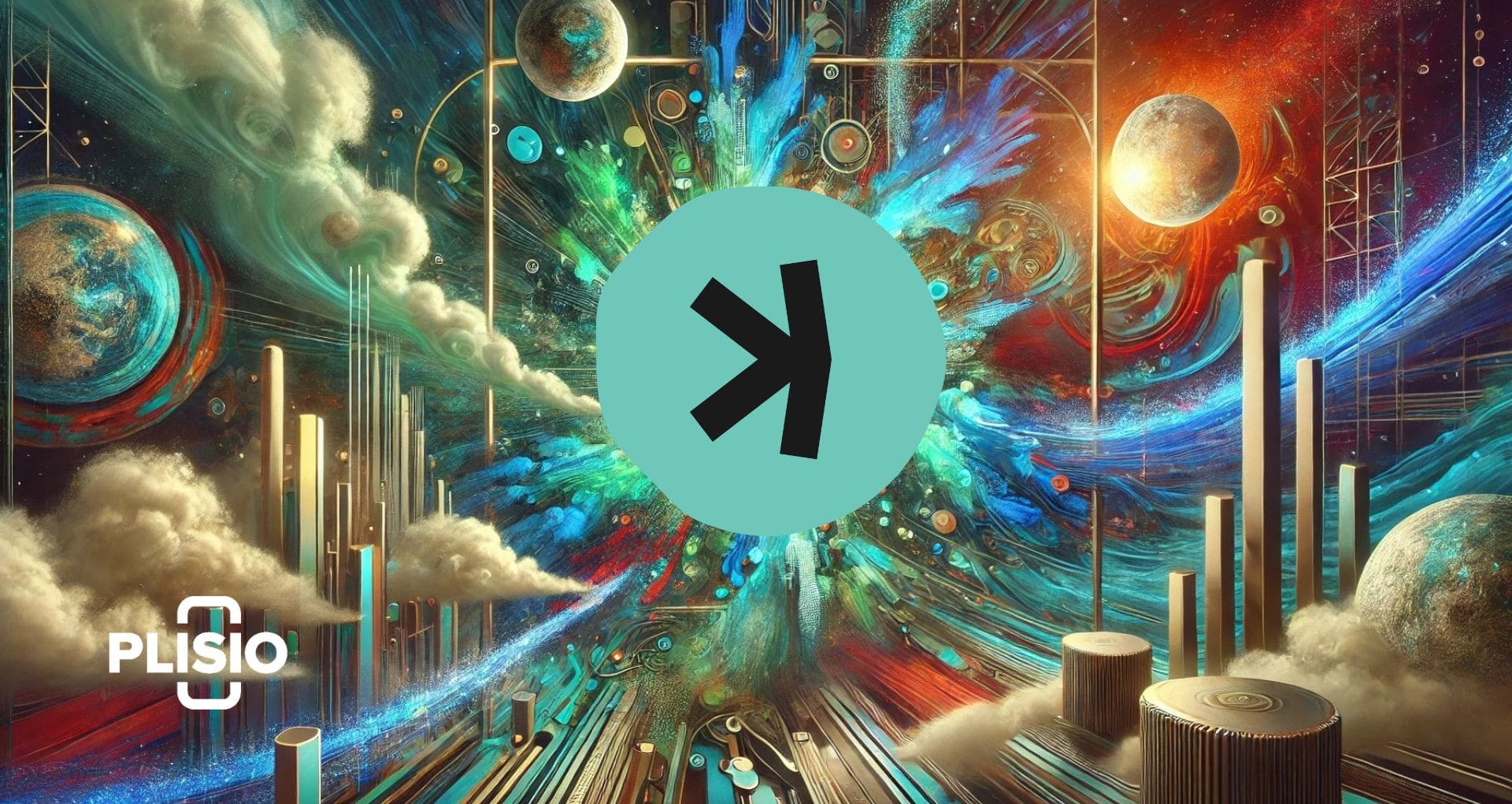Price Forecast for Kaspa (KAS): Revised 2025 Estimates and Long-Term Prospects

Because of its proof-of-work (PoW) consensus and blockDAG technology, the cryptocurrency project Kaspa (KAS) has gained popularity since 2022. In contrast to conventional blockchains, Kaspa enables parallel block processing, which boosts scalability while preserving decentralization. Investors find Kaspa appealing due to its architecture, which facilitates quicker confirmations and a more effective network. If adoption keeps spreading throughout the cryptocurrency market, Kas may be able to improve its position.
History of Prices and Present Value
The price history of kaspa demonstrates the usual volatility of cryptocurrencies. The price of Kaspa increased in 2023 and then skyrocketed in 2024 following its initial adoption in 2022. Before experiencing a correction, it reached new heights by the beginning of 2025. The price has recently adjusted after previous bullish runs, and as of August 2025, it is approximately $0.066. Strong price volatility characterizes Kaspa's journey, as demonstrated by historical data. Long-term price growth is demonstrated by the average price of Kaspa, which is still significantly higher than its initial values despite the price decline.
Technical Evaluation and Signals
Technical analysis indicators are used in Kaspa price analysis. According to moving averages and the relative strength index (RSI), Kas is anticipated to experience volatility in the near future. Bullish trends are possible, according to technical analysis, but there is still a chance of a correction. Based on trading volume, investor sentiment, and Bitcoin's (BTC) performance, Kas is expected to continue to fluctuate. These technical indicators demonstrate how caution and optimism are shaped by price volatility.
Kaspa's 2025 Forecast
Kaspa's 2024 performance demonstrated market consolidation and resilience. According to the kaspa price forecast, the price range for 2025 will be between $0.08 (the lowest price) and $0.12 (the highest price). Analysts predict that if adoption and the cryptocurrency market capitalization grow, the price will eventually reach these levels. Although the kaspa forecast shows solid fundamentals, there may be significant short-term price fluctuations.
Important note: If Bitcoin continues its upward trend and blockchain adoption continues around the world, Kaspa is anticipated to trade higher.
Cost Forecasts for 2025, 2026, and 2027
In the future, the price forecast for 2025, 2026, and 2027 shows a consistent upward trajectory. According to the price forecast for 2026, Kas may be worth between $0.15 and $0.20, contingent on investor mood and the state of the cryptocurrency market. According to the 2027 price forecast, Kaspa could hit $0.30, with a minimum price of $0.18. These price projections indicate that volatility will continue to be a major factor even though Kaspa is expected to increase.

Forecast for Kaspa Prices in 2030
Significant long-term optimism is indicated by the 2030 kaspa price prediction. If adoption picks up speed, analysts anticipate that the price of Kaspa will trade between $1.00 and $1.50. This price forecast for 2030 indicates that Kaspa has the potential to become a significant cryptocurrency. Strong foundations, increased blockchain usage, and increased trading volume are all reflected in this price target. If momentum continues, cryptocurrency experts think this is a plausible Kaspa scenario.
- The decentralization of Kaspa gives it a competitive edge.
- Bullish price indicators are shown by technical analysis.
- Blockchains that address scalability, like Kaspa, might draw developers.
Forecasted Long-Term Prices for 2040 and 2050
Forecasts are long-term, spanning decades. Kaspa may surpass $5.00 by 2040, and the 2050 forecast indicates that it will reach a maximum price of over $10.00. Although these price projections are quite speculative, they indicate that if demand increases, Kaspa may achieve noteworthy valuations. Kaspa would continue to be closely correlated with Bitcoin's trajectory, network strength, and adoption patterns. Long-term price projections demonstrate decentralization's potential.
Forecast for Kas Prices and Volatility
The Kas price prediction highlights the ways in which technical indicators and trading volume affect Kaspa's movements. The characteristic that most distinguishes the cryptocurrency market is still price volatility. Although Kas is expected to grow, analysts caution that unexpected declines could occur. Kaspa could be easily impacted by a decline in the price of cryptocurrency as a whole. Bullish conditions, however, might cause prices to reach all-time highs. Price analysis highlights how Kaspa's performance in the future is dependent on the state of the market as a whole.
Analyst Opinions
Crypto experts point out that while Kaspa's fundamentals are still sound, price projections should be regarded as speculative. Analysts emphasize that future outcomes may differ from projections and that price movements are unpredictable. Although Kas adoption is predicted to increase, caution must be exercised when making any investments. This article does not provide investment or financial advice; it is merely meant to be informative.
|
Year |
Minimum Price |
Maximum Price |
Forecast Notes |
|
2025 |
$0.08 |
$0.12 |
Recovery phase |
|
2026 |
$0.15 |
$0.20 |
Bullish conditions possible |
|
2027 |
$0.18 |
$0.30 |
Adoption-driven growth |
|
2030 |
$1.00 |
$1.50 |
Strong long-term growth |
Considerations for Investments
Investors must consider the risks and potential rewards before choosing to purchase or invest in Kaspa. Decentralization and proof-of-work are two advantages of Kaspa. However, there are still issues with price volatility, reliance on Bitcoin, and macroeconomic conditions. If adoption picks up speed, the price should rise, but price projections are still speculative.
Conclusion: Outlook for Kaspa Predictions
The Kaspa forecast indicates both risk and promise. Forecasts for prices in 2025, 2026, and 2027 point to upward momentum. Strong optimism under bullish cycles is highlighted by the 2030 and beyond kaspa price prediction. Although volatility and uncertainty persist, Kaspa may achieve notable valuations by 2040 and 2050. The price history of kaspa demonstrates its stability, and technical indicators, price analysis, and trading volume all influence future outcomes. Investors contemplating Kaspa should be aware that the stock is expected to continue to fluctuate but is positioned for potential long-term price growth




